“Between 60-80 percent of the impacts on the planet come from household consumption. If we change our consumption habits, this would have a drastic effect on our environmental footprint as well.”
(source)
Buy Nothing Day was launched in 1992 in Vancouver, Canada by artist Ted Dave “as a day for society to examine the issue of over-consumption.” It was subsequently taken over by Adbusters Magazine and the date changed to occur annually on #BlackFriday – a perfect counter action to the frenzied day of shopping for sales on items most of us probably don’t even need.
Various campaigns and forms of protest take place across the world on #BuyNothingDay to shine a spotlight on the serious implications of overconsumption on the health of the planet (and people). But the intention of those who promote Buy Nothing Day is not simply to rally people to buy nothing for a single day (although wouldn’t it be cool if so many people participated as to cause a visible drop in sales?!), the bigger picture is about inspiring permanent, lasting lifestyle changes:
“Buy Nothing Day isn’t just about changing your habits for one day, but about starting a lasting lifestyle commitment to consuming less and producing less waste.”
– Adbusters Magazine
This is not to say that it’s never ok to want or need things – I myself am an object enthusiast. But it is an opportunity to re-evaluate how much and what we buy, and think about alternative ways of accessing them beyond buying new all the time.
So here are 7 activities for you to try on Buy Nothing Day this year that can be carried over into your year-round relationship with things (jump to a section: declutter, swap, repair, make, borrow, bake, donate).
1) Declutter something
Living with clutter is problematic for three reasons: 1) it prevents you from being able to locate items you need which causes stress 2) it’s expensive and 3) it takes up mental space as much as it does physical space.
Pick an area of your home and spend some time on Buy Nothing Day sifting through closets, drawers, cupboards, garages, storage units, etc. Organize the area and prepare a box (or boxes!) of things you want to part with. You may even discover a long lost treasure or two while you’re at it.
Looking for decluttering strategies? Check out Marie Kondo’s book The Life Changing Magic of Tidying Up. And if you’re looking for strategies to keep your home from becoming cluttered in the future, Sarah Lazarovic’s A Bunch of Pretty Things I Did Not Buy is a meditation on how to stop shopping for unnecessary things in the first place.
2) Swap something
Now that you’ve decluttered your living space, you probably have a few items you want to let go of. And maybe you’ve got a list of items you need, either for yourself or to give as gifts.
Luckily, we live in an age where trading platforms and online secondhand marketplaces have exploded in popularity, making it easy for people to recirculate gently used items. Online platforms like Bunz Trading Zone and the Freecycle Network make it easy to list items and search for specific things you may be looking for. Buy Nothing Groups on Facebook are local groups where neighbours help each other get what they need without spending money. Online marketplaces like Facebook Marketplace and Kijiji can also be places to find deals on secondhand items near you.
Communities facing COVID-19 restrictions may find this way of “shopping” particularly useful as setting up a physically distanced pick up is fairly easy.
3) Repair something
If you’re like me, you’ve probably got a few items lying around that are perfectly good, they just need a little TLC: a lovely wool sweater that has a hole, a hand steamer that has stopped spitting steam, a favourite necklace with a broken chain. These are a few of my favourite broken things that I’ve repaired.
There are endless DIY instructions for all kinds of repairs you can look up online (one of my favourites for stitching up holes in clothing is Sashiko mending). But if you feel you need guidance, look up your local Repair Café and take your item to their next event (if COVID-19 restrictions allow it in your area).
Repair Cafés exist all around the world, consisting of local ‘fixperts’ with a variety of different skill sets. They host events in community spaces and invite the public to bring their broken treasures to get them fixed. Clothing, electronics, appliances, bicycles, jewelry – you bring it, they fix it. They’ll even teach you how to do it yourself.
4) Make something
Buy Nothing Day kicks off Make Smthng Week, a worldwide movement dedicated to bringing people together to reuse, reimagine and make or repair things together. Usually in-person events are held all around the world, but this year due to COVID, Make Smthng Week has moved online. You can still register your online event in their calendar.
Meanwhile, here are some inspiring DIY projects you could easily take on at home:
- Make a wallet using an old juice carton.
- Take an old pair of jeans that have seen better days and make your own bunting and then use the scraps to make these cute bracelets.
- Are your jeans salvageable? Use a Sashiko mending technique to bring them back to life.
- Old pillow cases can transform into these garment bags or into reusable shopping bags (there’s even a no-sew way to do this). Old t-shirts can also be transformed into no-sew tote bags.
- Are you sure that’s a wine bottle or is it actually a vase?
- Plastic bottles can be transformed into so many different things – from bird feeders to self-watering gardens to lawn sprinklers.
- Reuse textiles by turning them into wax wraps (replacements for single-use plastic wrap).
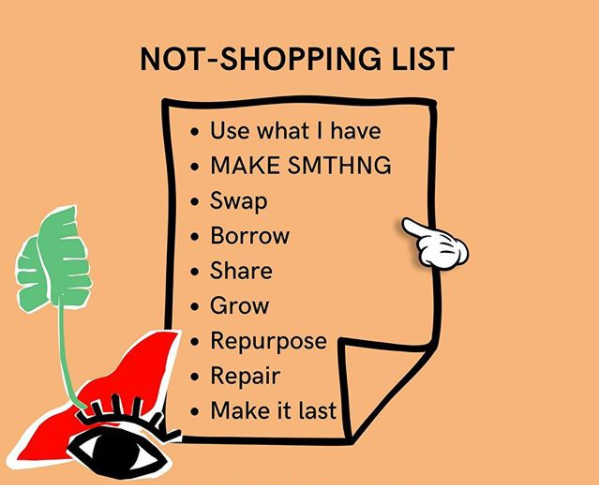
5) Borrow something
Maybe you need a tool for one of the items you’re about to repair or make. Before you rush out and buy it, check to see if there is a Tool Library or Library of Things in your area. These are like book libraries, but for stuff like tools, camping gear, party supplies, children’s toys, etc. Anything you might need access to but don’t need to own.
When a drill is used for just 13 minutes in its usable lifespan, does every home need to be storing one in basements, closets and storage units? It makes more sense to borrow these items from community hubs, and put the item back when you’re finished for the next person to use.
If there isn’t a Library of Things in your community yet, you can also try Peerby, an app that facilitates borrowing between neighbours in local communities.
6) Cook/Bake something
One third of food produced globally is wasted annually and when it ends up in landfills, it releases methane gas – which has 25 times the global warming potential of carbon dioxide. 58% of all food produced in Canada — 35.5 million tonnes — is lost or wasted every year. In monetary terms, that’s $49 billion we’re chucking in wasted food, or $1,766 per household. All the more heartbreaking knowing 4 million Canadians experience food insecurity – a number that is set to double due to the impacts of COVID-19.
Buy Nothing Day is a perfect opportunity to explore your fridge and cupboards to see what you have hidden in there. Go on an arctic adventure in your freezer to uncover frozen treasures. See if you can cook a meal using just what you’ve got or bake something (maybe you’ve got an abundance of black bananas in your fridge like I do, and you can finally get around to making banana bread).
Having trouble thinking up recipes? Check out these apps that help you pick recipes based on ingredients you already have. And if you need one or two missing ingredients, try out these apps for picking up perfectly good food about to be wasted.
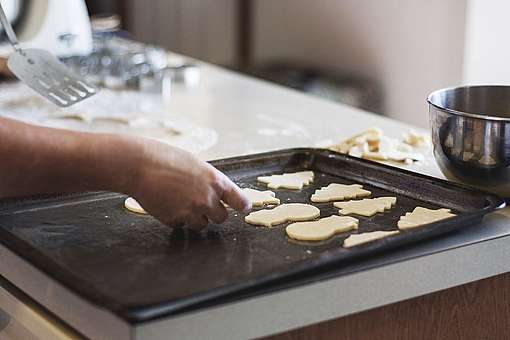
7) Donate something
On Buy Nothing Day, consider making a donation to Greenpeace in the name of a friend or family member. We may not be able to get together with all of our loved ones this year, but we can still send them a message that we’re thinking about them – and the better world we want for everyone.
As the world grapples with a deadly pandemic, it has revealed our absolute reliance on the essentials: from minimum hospital capacities, to nutritious food, to a flourishing ecosystem. It showed just how connected we all are.
In the midst of this global health crisis, the critical issues facing our planet — rising inequality, the climate emergency, a growing tide of plastic pollution, and the global nature crisis — haven’t gone anywhere.
Our governments could take this opportunity to create a healthier and more equitable society on the other side. But we also risk losing momentum on key issues like the climate crisis, plastic pollution and endangered species protection if we don’t act fast. We need to speak out against white supremacy and create a more equitable society for everyone. There is no peace without justice.
We can’t let up our resolve to act for people and the planet, even during a global pandemic.
The kind of changes we need for a safer, healthier and more just world will only occur when large numbers people mobilize effectively. Support the environmental organizations who are bringing people together to achieve a green and just recovery for all.
Greenpeace is unique because we are a 100% independent organization funded by people, not corporations or governments. That means we have the freedom to speak out on the biggest environmental issues of our time, free from third party influence.
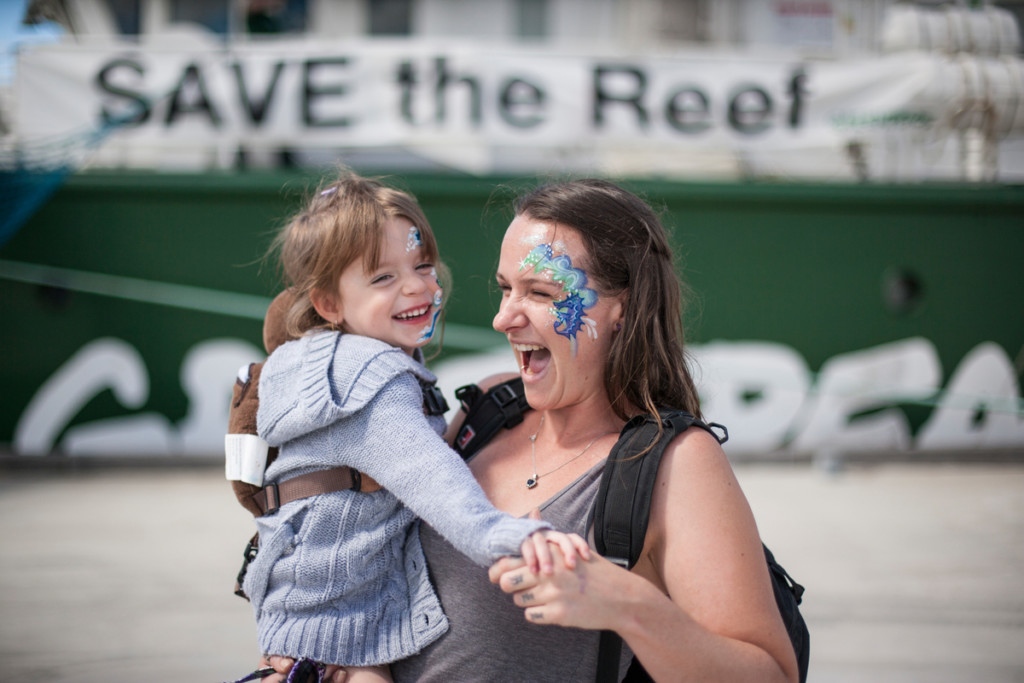
Greenpeace is a people-powered, science-based, and action-oriented organization that does not take money from corporations or governments. This means we rely on individual donations from generous people like you to carry out our work.
Take action
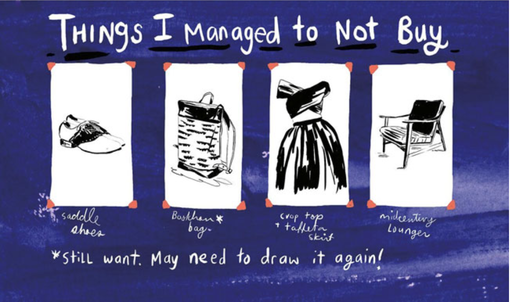
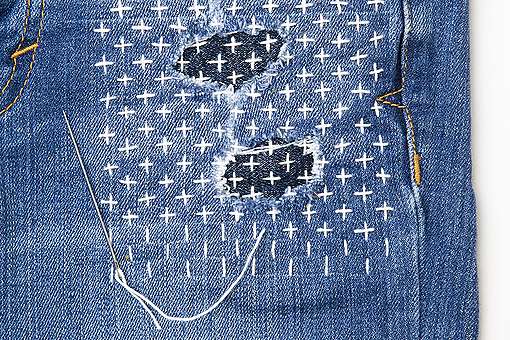
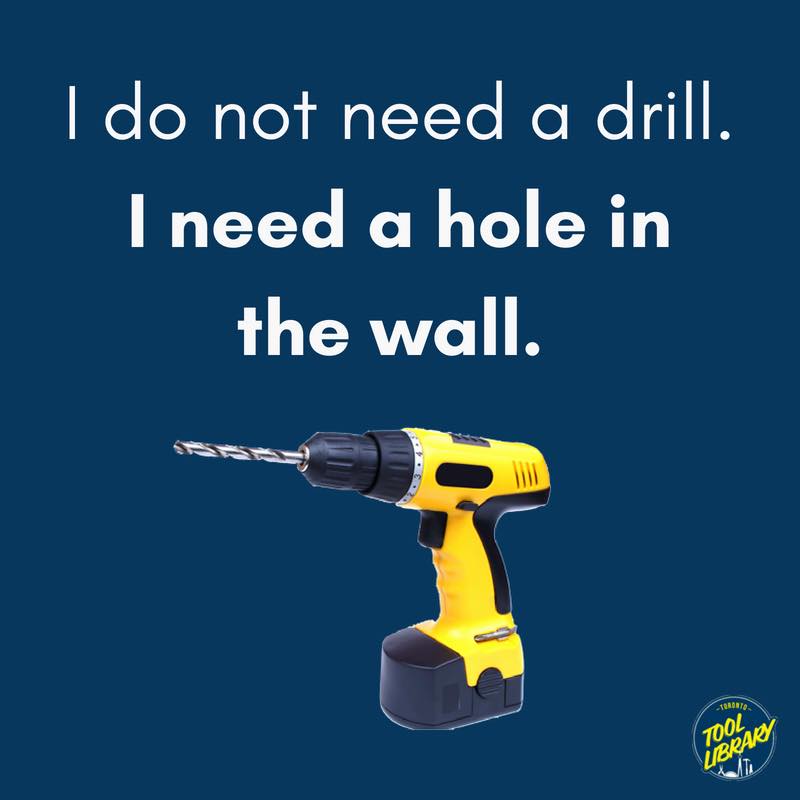

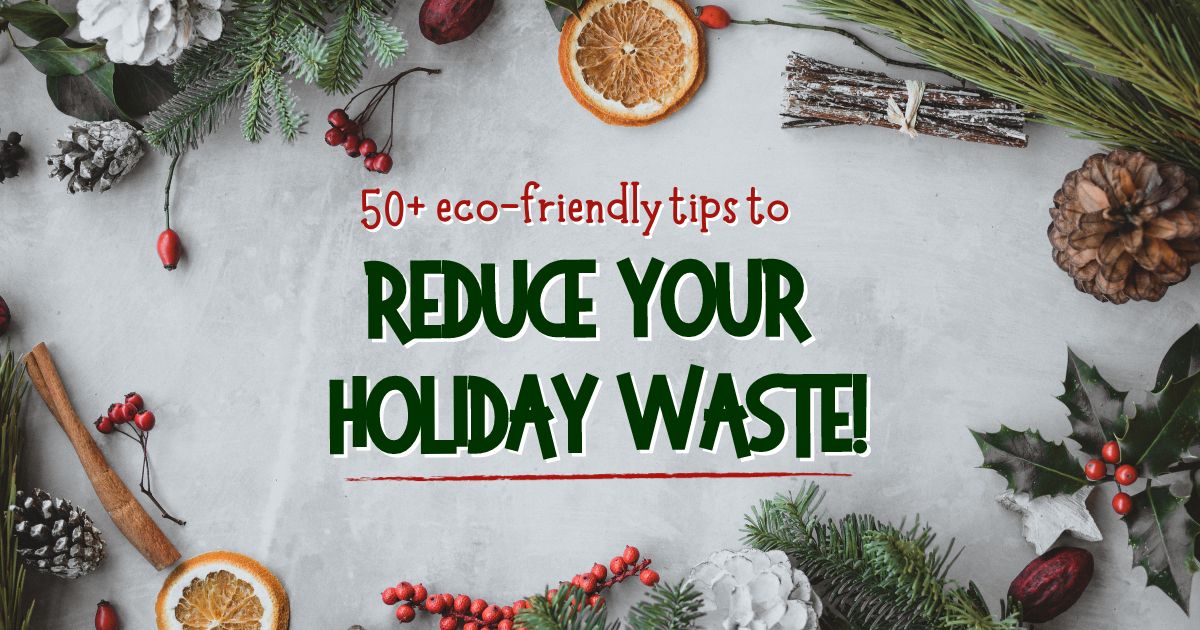
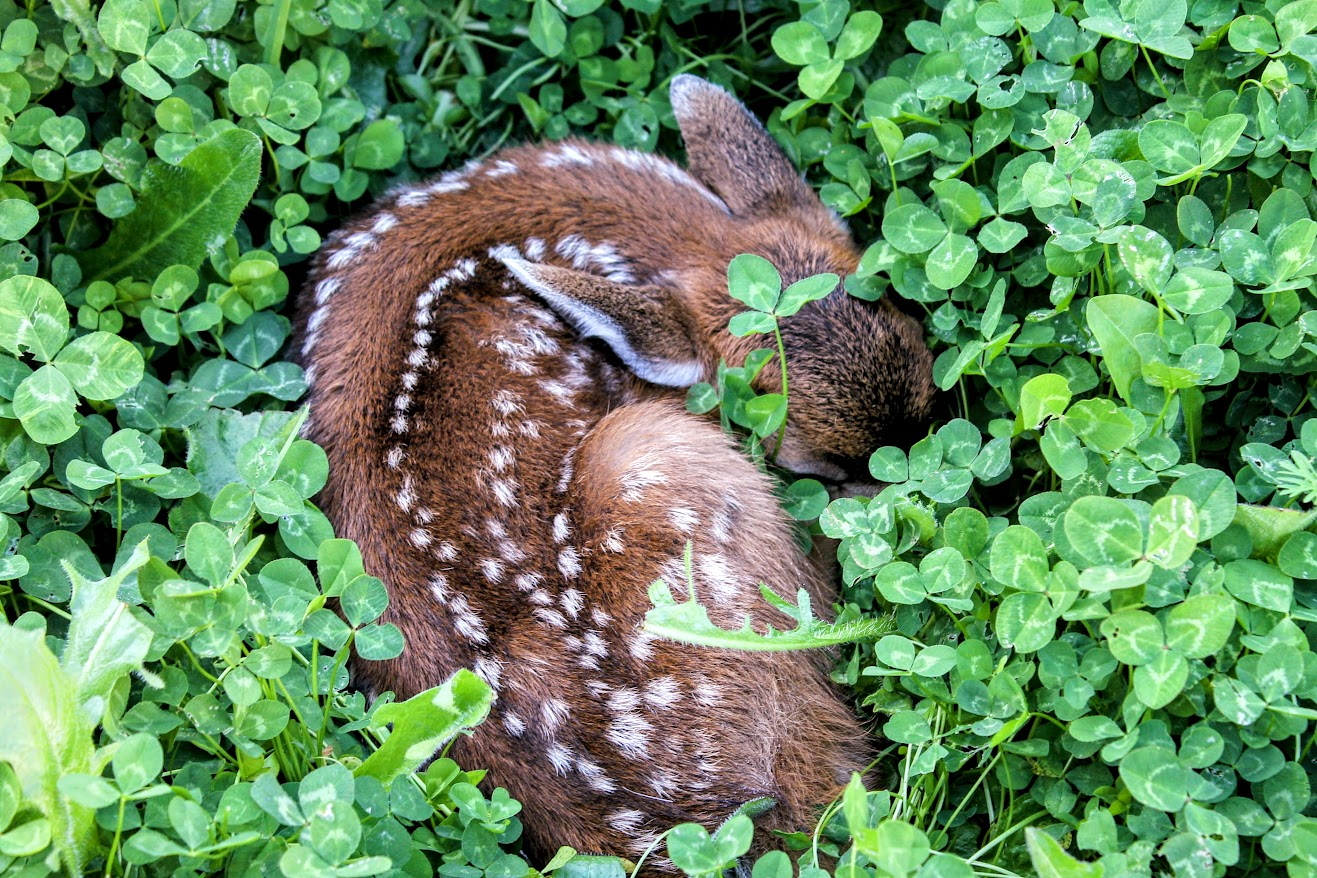
Discussion
Love it. My thoughts exactly. I also notice that others are thinking similarly, so yay! It's working! We're winning! Keep up the great work, and thank you!